With Parthenope, the famed Italian auteur (Paolo Sorrentino) delivers his second homage to Naples (the first one was The Hand of God), his birthplace and muse, presenting a mesmerizing, chaotic, and deeply flawed portrait of a city that refuses to be simplified or modernized. And like any great love-hate relationship, it is beautiful, maddening, and endlessly fascinating.
Let’s get one thing straight: Naples in Parthenope looks like paradise. Shot primarily in the South of Italy, the film bathes its landscapes in a golden, almost mythical glow. The movie may start off looking like a fashion commercial but as we move ahead, it gets gritty and full of contradictions, a place where opulence and decay share the same street. The film’s title refers to the siren of Greek mythology whose body, according to legend, washed ashore where Naples now stands. Much like her namesake, the protagonist, played by Celeste Della Porta in her striking debut, embodies beauty, mystery, and freedom — the three touchstones guiding the cinematographer’s (Daria D’Antonio) work on the film.
A Siren’s Journey
Della Porta’s Parthenope is a character who defies easy categorization. Born into a wealthy Neapolitan family, her mother gives birth to her in the sea — an image as poetic as it is surreal. From the start, she is different: bookish, charming, and preternaturally aware of her allure. Della Porta delivers a performance that is equal parts innocence and sensuality, empathy and ambition. She is the kind of character who could seduce you with a glance but might also steal your wallet just for fun. Her beauty, as one character puts it, is both a blessing and a curse.
Parthenope’s journey feels almost anthropological — fitting, as she studies the subject at university. She moves through life as if she is (we are) cataloging the human condition, meeting people who shape her in ways big and small. Some are fleeting, like ships passing in the night, while others leave indelible marks and stay with her forever.

Source: Sortir á Paris
Sorrentino’s fascination with flawed characters is on full display. From her grief-stricken parents who abandon her emotionally after a tragedy, to her eccentric acting coach whose face is butchered by a Brazilian plastic surgeon, every figure in Parthenope’s life feels vividly human. Even the sharp-tongued actress returning to Naples (she has a wonderfully funny name: Greta Cool), loathed for her uncompromising nature, reveals layers of vulnerability beneath her brutally confident exterior.
Beauty, Freedom, and Seeing
One of the film’s central themes is the act of seeing — truly seeing. As an elderly professor tells Parthenope, “Seeing is difficult. Once you learn how to see, you can never unsee.” It’s a line that resonates throughout the film, as Parthenope’s keen perception allows her to navigate the beauty and ugliness of life with equal curiosity. Her empathy for Naples’ marginalized communities, her quick wit, and her adventurous spirit make her a character you cannot help but root for, even as she stumbles or goes into one of her “crazy” adventures.
At one point, she impulsively heads to Capri with no money, no plan, and plenty of youthful recklessness. What follows is a whirlwind of parties, sneaking into places, and a fateful encounter with real-life author John Cheever, played by none other than Gary Oldman in a delightful cameo. Reportedly, Oldman’s love for Sorrentino’s work led him to say yes to the role immediately, and his melancholic, booze-soaked portrayal of the blocked writer is both hilarious and poignant. Cheever, a man who waxes poetic about beauty being “like war” while drowning in his own existential despair, becomes a kind of mirror for Parthenope. Her initial ambition to become a writer fizzles as she sees where his path has led, pushing her instead toward anthropology and, later, acting, and then back to anthropology…I mean, life is complicated!
The relationship between Parthenope and her elderly professor is particularly moving. Their bond, built on mutual respect and an unspoken understanding, becomes the emotional core of the film. It is in this relationship that we see Parthenope’s growth most clearly. She learns to embrace her flaws and those of others, finding beauty in imperfection and freedom in acceptance.
Sorrentino at His Best (and “Not So Best”)
If there is a critique to be made, it’s that Parthenope occasionally bites off more than it can chew. The film’s sprawling narrative sometimes feels overwhelming and in Act 3 it loses a lot of its steam.
One of the most striking aspects of the movie is its depiction of the protagonist’s recklessness. Her carefree flirtations and impulsive decisions lead to moments that feel both liberating and risky. Take, for instance, the helicopter scene or the scene with the pimp. She dresses provocatively, flirts openly, goes into dangerous places (literally) and engages with men who are obsessed with her (women). The tension of certain scenes lies in their unpredictability—how far will she go, and at what cost? If she is saying no, will every man refrain from crossing the line?
It is hard not to question the realism here. In a world where such behavior can invite danger, the a few scenes skirt the edges of believability.
The film’s spiritual dimension, particularly its critique of Catholicism, is another highlight. Sorrentino’s exploration of the Church’s darker underbelly echoes his work in The Young Pope. The scene with the creepy priest stands out as a chilling moment, offering both criticism and reflection on institutional power and morality. I loved that even scenes that made this movie rated R are shot with sensitivity and poetic sensuality. Yet, one cannot help but wish that the spiritual journey in Parthenope had been more fleshed out. It is a thread that feels rich with potential but a bit underexplored.

Source: Art Movies
The movie’s structure—from the protagonist’s carefree youth to her solitary old age—is an exciting commentary on the passage of time. The Fellini-inspired closing scene (love it) is moving and hopeful. As Parthenope watches young soccer fans celebrating wildly on the streets of Naples, there’s a sense of nostalgia and hope intertwined. It is a reminder of the cyclical nature of life and the enduring vitality of youth, even as time marches on.
Visually, Parthenope is a feast. The cinematography is breathtaking, with lighting and costumes that elevate the film to near-luxury-perfume-commercial levels of beauty (not always to the plot’s benefit).
Despite these flaws, scenes like the trio’s dance in Capri—the protagonist, her brother, and her admirer—are a masterclass in sensuality and cinematic rhythm. The music, the choreography, and the interplay between the characters create a moment of pure magic. It is impossible not to draw comparisons to the trio scene in Guadagnino’s Challengers, but where that felt profane, this feels poetic.
The film’s humor is another unexpected delight. From Gary Oldman’s drunken philosophizing to slapstick moments like characters being clumsy and teasing, the comedy provides much-needed relief amid the heavier themes. The sharp, witty exchanges and surprising funny situations shine light on a lesser known feature of Sorrentino.
Ultimately, Parthenope is a meditation on life’s fleeting moments, the relationships we forge, and the promises that often go unfulfilled. It is a film that invites introspection, resonating deeply with anyone who has ever paused to reflect on the passage of time. While not without its flaws, it’s a grand, poetic work that reaffirms Sorrentino’s place as a master of his craft.
See Parthenope at a nearby movie theatre or wait for it to land on HBO Max.
~ by Dora Endre ~

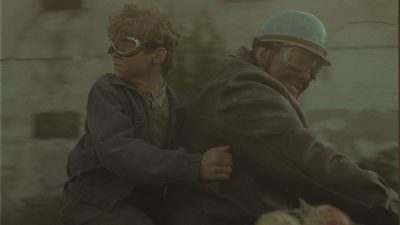
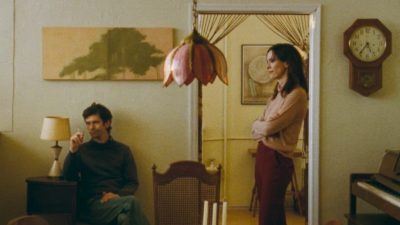
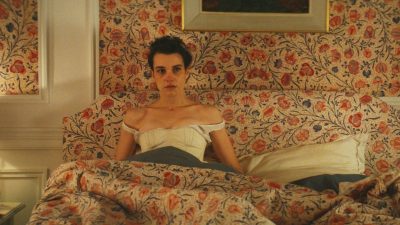
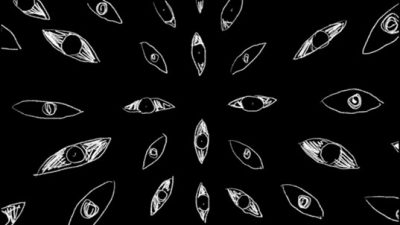
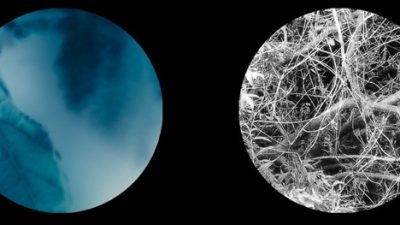




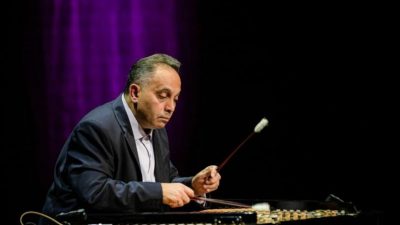
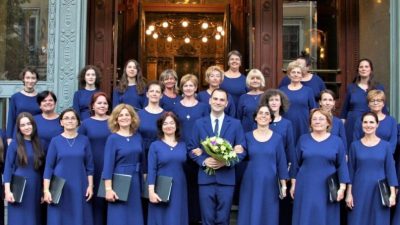


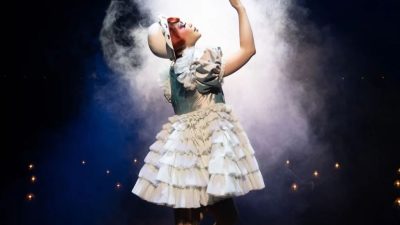




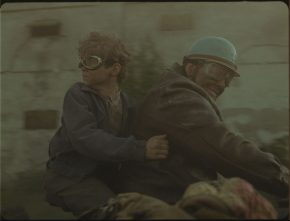
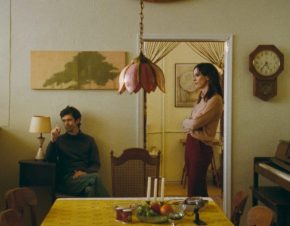
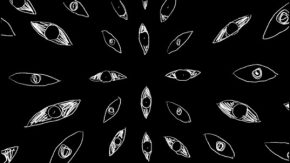



Comments